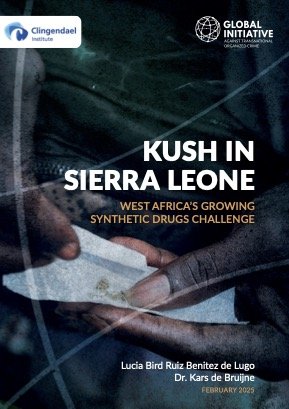By The United Nations Office on Drugs and Crime (UNODC), Research and Trend Analysis Branch
The Afghanistan Drug Insights are a series of reports that provide the latest data and in-depth analysis on aspects of the evolving drug situation in Afghanistan. This fourth volume provides an assessment of drug seizure trends near Afghanistan and estimates potential opium stocks within the country by the end of 2022, just before the start of the ban. The remaining reports in the series will cover a range of topics related to the drug situation in Afghanistan, including the socioeconomic situation of farmers after the drugs ban, and drug use. Given the unprecedented nature of the ongoing drugs ban in Afghanistan, which has continued for a second year, UNODC sought to examine different aspects of the drug situation in that country. Taken together, the reports in the series paint a comprehensive picture of the effects of the enforcement of the ban on production, trafficking and consumption of all drugs and delve deep into the impacts of the ban on the Afghan economy, as well as on Afghanistan’s neighbors and the wider region. The insights are aimed at informing international engagement in Afghanistan in an objective and timely manner, using the latest data of the highest quality standards, presenting it in an evidence-based, coherent, coordinated, and structured manner as foreseen in Security Council resolution 2721 (2023). The present Insight has been produced under the project “Monitoring of Opium Production in Afghanistan” (AFG/F98). Information and data contained in this report, unless otherwise stated, are based on data collected by UNODC by remote sensing, through rural village surveys and other tools; as well as through global data collections on drugs (UNODC Annual Report Questionnaires and the UNODC Drugs Monitoring Platform). Data on opium cultivation and production are based on the Afghanistan Opium Surveys 1994-2020 jointly published by UNODC and the Government of Afghanistan, as well as the Afghanistan Opium Surveys conducted by UNODC in 2021, 2022, and 2023. Other data used in this report to model stock estimates come from UNODC’s Afghan Opiate Trade Project published in 2020.
Kabul/Vienna: UNODC, 2025. 52p.





















